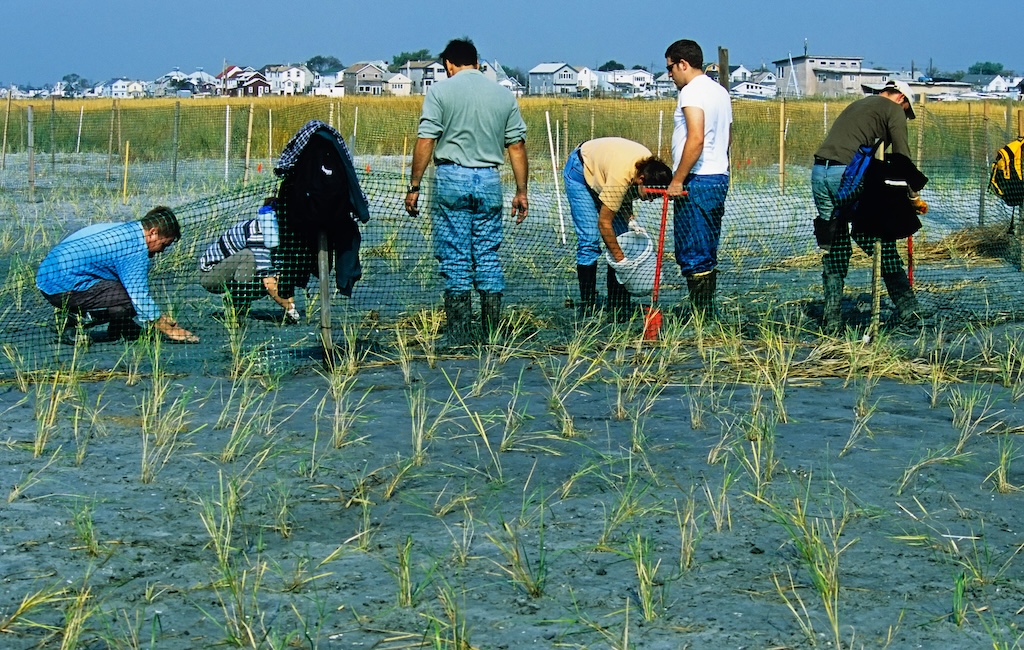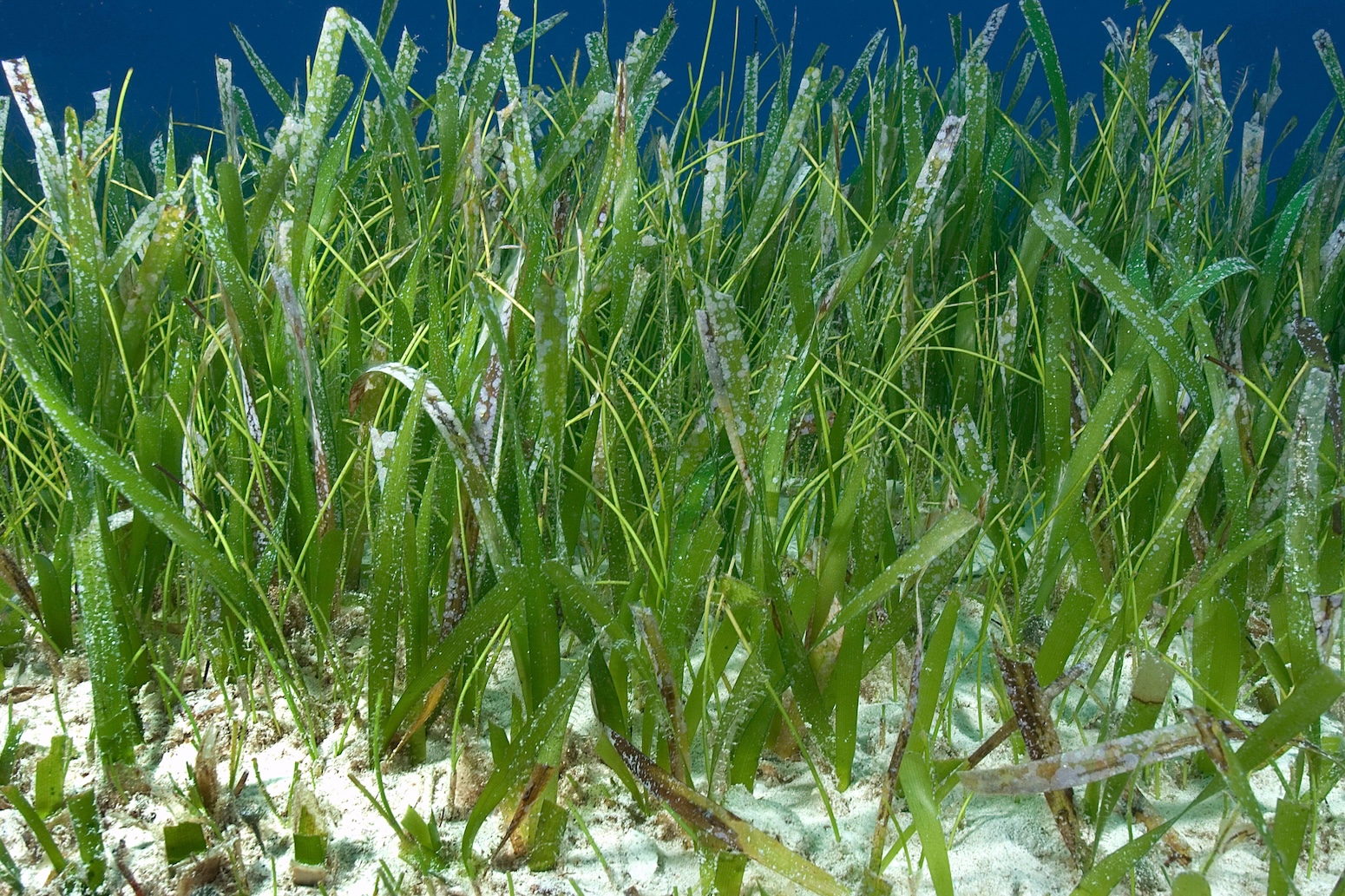Within the ocean’s vast expanse lie immense reservoirs of carbon – surpassing those found in either the atmosphere or the land.
The ocean actively captures and incorporates carbon through various natural mechanisms, locking in a significant portion that would otherwise circulate within the Earth’s systems, thereby functioning as a continuous carbon sink.
This crucial role mitigates climate change by reducing the amount of carbon which ends up in the atmosphere. If the ocean remains as a net carbon sink, it can aid in offsetting ongoing emissions and slowing global warming.
Unfortunately, a longstanding misconception persists that the ocean has an infinite resilience to human exploitation and negligence – likely stemming from the fact that the consequences of our actions are obscured beneath the surface.
Unsustainable use of the ocean’s resources – such as through overfishing – coupled with warming and acidification progressively erode the ocean’s capacity to regulate carbon and heat and its ability to sustain essential resources and services.
Consequently, rates of carbon sequestration are weakening and the vast carbon reserves held within marine ecosystems are increasingly susceptible to release.
This guest post lays out the climate opportunities presented by “blue carbon” and the challenges these ecosystems face.
Blue carbon is a term that refers to carbon captured by the world’s ocean and coastal ecosystems that has potential to be conserved or enhanced. Blue carbon is stored in vegetated coastal and marine ecosystems such as seagrass, mangroves and salt marshes.
The opportunity of coastal ecosystems
Coastal ecosystems – particularly vegetated ones, such as mangroves, seagrasses and salt marshes – are among the most crucial marine systems for storing carbon. Like plants on land, marine vegetation absorbs CO2 through photosynthesis. Because their waterlogged soils are low in oxygen, the carbon stored there can be locked away for centuries.
Despite only occupying approximately 0.5% of the ocean, these ecosystems boast remarkable carbon sequestration capabilities, contributing more than 50% of total carbon buried in marine sediments.
However, these vital ecosystems also face relentless human-caused pressures, from runoff of nutrients and sediments to urban expansion. They are being destroyed at an alarming pace – an average of 2% loss per year for mangroves – and are among the most threatened ecosystems on the planet.
Nevertheless, amidst this threat lies an opportunity: by reversing the conditions that are causing their decline, we can restore lost ecosystems and harness their potential as carbon sequestration hotspots once more.
The chart below shows the annual carbon storage potential of coastal ecosystems around the world, with yellow and light green indicating low storage potential and darker blues indicating high storage potential. The US, Mexico, Australia, Indonesia and Mexico stand out as countries with particularly high storage potential.
Managing coastal vegetated ecosystems to enhance carbon sequestration, often referred to as “blue carbon”, represents a valuable nature-based strategy for mitigating climate change.
While the amount of carbon that is offset through these methods is estimated to be at least an order of magnitude below other mitigation approaches – such as ocean alkalinisation and direct carbon capture and storage – they have additional benefits.
These ecosystems also enhance adaptation by stabilising coastlines, safeguarding against erosion and storms, enhancing water quality and nurturing marine life – thus promoting biodiversity through the provision of shelter, food and nursery grounds.
Climate and biodiversity
Blue carbon is a prime example of how climate change and the alarming decline in global biodiversity are connected.
Initiatives focused on blue carbon restoration – such as the “Mangroves for Coastal Resilience” project in Indonesia, the largest such initiative in the world – not only enhance carbon sequestration, but also reverse habitat loss and bolster biodiversity. Safeguarding marine biodiversity can also help secure the long-term well-being and prosperity of people whose lives and livelihoods are tightly linked to the oceans.
For example, declines in marine biodiversity undermine ecosystem resilience, heightening vulnerability to environmental disturbances and impacting economies reliant on marine resources. Loss of species degrades the food webs underpinning fisheries, jeopardising food security and livelihoods.
Furthermore, biodiversity loss directly compromises human health by fostering the emergence of zoonotic diseases that pass from animals to humans, diminishing water quality and impeding the exploration of new pharmaceuticals and treatments.
Protecting communities
Coastal restoration projects are already being carried out around the world, from small, local projects to larger initiatives.
They also encompass a range of activities, from planting new mangrove trees to managing tidal flows.
There are several crucial factors that demand careful consideration before implementing such a project.
Among these is the need to prioritise the protection of intact ecosystems. By safeguarding these areas, we can prevent the loss of carbon they have already sequestered and sidestep the time lag associated with re-establishing vital ecosystem services following habitat restoration.
Additionally, it is imperative to address the underlying pressures contributing to ecosystem loss, such as sewage discharge and agricultural runoff.

Restoration efforts must also be designed to withstand potential future challenges, such as changing land-use patterns and the projected impacts of climate change. Proactive measures to safeguard and restore coastal ecosystems should account for these complex and dynamic factors to ensure their long-term success and resilience in the face of ongoing environmental changes.
Local engagement and support for blue carbon initiatives are also needed because coastal communities often directly interact with these ecosystems for livelihoods, fishing, tourism and protection from natural disasters. Engaging these communities ensures that conservation efforts are sustainable. Additionally, tapping into the knowledge and expertise of local communities about coastal ecosystems is essential for informed decision-making.
Integrating carbon sequestration goals with other conservation and management objectives, such as sustainable fisheries and coastal resilience, is possible by empowering local communities to lead blue carbon initiatives. This can help ensure social equity, address economic opportunities and reduce conflicts over resource use.
Ultimately, garnering people’s buy-in for blue carbon solutions is essential for their effectiveness, sustainability and equitable distribution of benefits.
Considering marine sediment
Blue carbon “solutions” can be regarded as any intervention which aims to enhance the ocean’s natural capacity to store and sequester carbon.
As such, one might consider the management of commercial species and natural populations to increase the biomass of, and thereby carbon contained in, marine organisms. Managing interactions with the seabed can also be an important blue carbon solution.
Recent estimates suggest marine sediments are the largest store of organic carbon on the planet. Therefore, activities which disrupt them, such as bottom trawling or deep-sea mining, may be stirring up this sediment and leading to carbon being released back to the atmosphere.
Although the full picture has yet to emerge, examining the impacts of where and how trawling is conducted allows us to make choices informed by all of the potential impacts. And before deep-sea mining activities are further scaled up, a more comprehensive understanding of their impacts is vital.
Sharelines from this story




















Discussion about this post